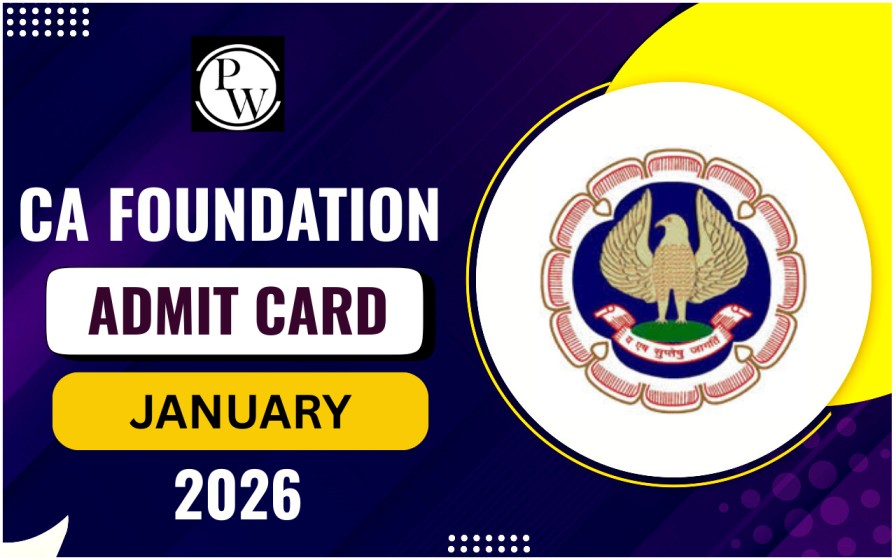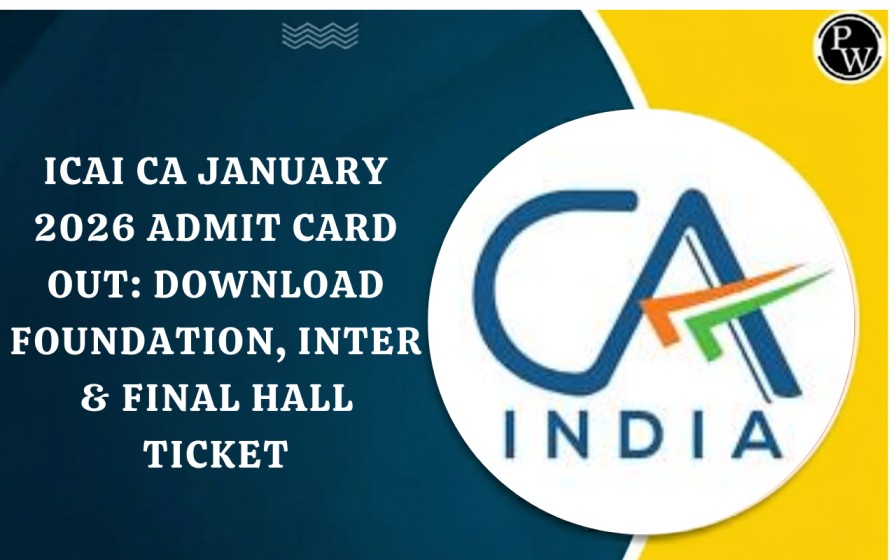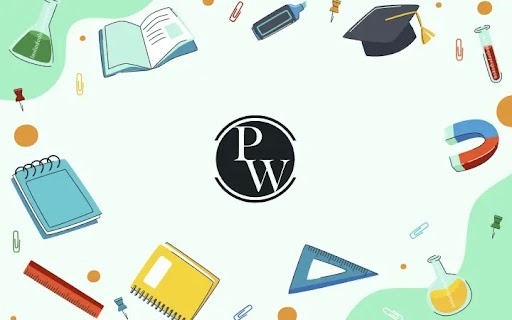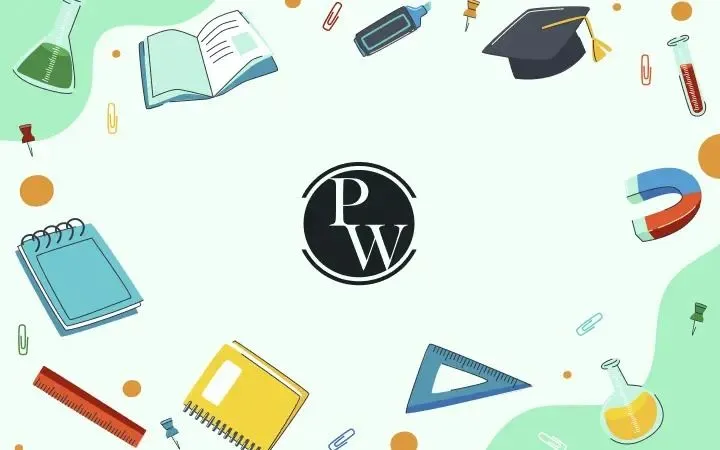
Businesses regularly assess and refine their strategies to stay aligned with their evolving goals. This continuous evaluation enables them to develop effective plans for long-term growth and success. Understanding this process can help you contribute more effectively to your organization’s progress.
Here, we’ll explore the concept of strategic analysis for CA exams, discuss its two primary types, and break down the process into five clear steps.
What is Strategic Analysis?
Strategic analysis is a structured approach that helps businesses and individuals gain clarity on their objectives, recognize potential challenges, and develop solutions to overcome them. It focuses on key areas such as:
- Identifying strengths
- Recognizing weaknesses
- Analyzing competitors
- Monitoring market shifts
- Observing consumer trends
- Forecasting future developments based on past and present data
By leveraging these insights, businesses can design strategies that enhance efficiency, drive growth, and optimize revenue. A well-executed strategic analysis not only ensures smooth operations but also contributes to higher customer satisfaction and improved employee engagement.
Types of Strategic Analysis
Strategic analysis helps businesses assess their strengths, weaknesses, and market position to make informed decisions. It can be divided into two main types: Internal Strategic Analysis and External Strategic Analysis.
Internal Strategic Analysis
Internal strategic analysis focuses on evaluating a company’s internal operations, strengths, and areas for improvement. Businesses assess past successes and failures, analyze their market position, and determine how well they meet customer demands. This helps them create strategies for growth and operational efficiency.
A popular method for internal analysis is the SWOT Analysis, which examines four key factors:
- Strengths: The company’s unique advantages, such as skilled employees, strong brand reputation, advanced technology, or industry expertise.
- Weaknesses: Internal challenges that may hinder success, such as limited resources, lack of innovation, or inefficient processes.
- Opportunities: External factors that can drive growth, like new market trends, strategic partnerships, or emerging technologies.
- Threats: Potential risks that could impact the business, including competition, economic downturns, or regulatory changes.
By understanding these factors, businesses can refine their strategies to maximize strengths, minimize weaknesses, seize opportunities, and mitigate threats.
External Strategic Analysis
External strategic analysis examines external factors that influence a company's success. One effective tool for this is the PESTLE Analysis, which considers six key external elements:
- Political: Government policies, trade regulations, or political stability affecting business operations.
- Economic: Market trends, inflation, interest rates, and overall economic conditions impacting profitability.
- Sociological: Changing consumer behaviors, cultural trends, and demographic shifts influencing demand.
- Technological: Innovations in automation, digital marketing, or product development that can enhance efficiency.
- Legal: Laws and regulations, such as labor laws, safety standards, and intellectual property rights, that affect operations.
- Environmental: Sustainability concerns, climate policies, and eco-friendly practices shaping business strategies.
Companies use insights from PESTLE analysis to anticipate changes, adapt strategies, and stay competitive in a dynamic market. Some businesses may also consider additional factors like ethics or demographics to gain a broader perspective.
By combining SWOT and PESTLE analysis, companies can create well-rounded strategies that enhance performance, reduce risks, and ensure long-term success.
Also Read: Advanced Accounting Financial Statements Of Companies
Process of Strategic Analysis
The strategic analysis process may differ from one company to another, but the core steps remain the same. Below is a structured approach to conducting strategic analysis effectively.
1. Build a Strategic Analysis Team
Since strategic analysis plays a crucial role in business success, assembling the right team is essential. Companies should select experienced professionals who understand market trends, business operations, and financial data.
If needed, hiring external strategic consultants can also be beneficial. Once the team is formed, the company must allocate the necessary resources, including budget and time, to ensure an efficient analysis process.
2. Evaluate Internal Strategies and Performance
The first step for the analysis team is to review the company’s mission and vision statements, as these serve as a foundation for strategic decision-making.
Next, they conduct an internal analysis, typically using the SWOT framework (Strengths, Weaknesses, Opportunities, and Threats). This step helps assess financial performance, operational efficiency, employee satisfaction, and overall business success.
3. Analyze External Factors
Once the internal evaluation is complete, the team examines external influences using PESTLE analysis (Political, Economic, Sociological, Technological, Legal, and Environmental factors).
This helps identify past and present external challenges and predict future trends that could impact the business. The company can then determine which external factors to prioritize in its strategic plan.
4. Develop a Strategic Plan
With insights from internal and external analysis, the team formulates a comprehensive action plan. This involves:
- Reviewing past and current strategies to retain successful ones.
- Identifying and replacing ineffective strategies.
- Exploring new opportunities such as partnerships, rebranding, or operational improvements.
- Preparing a formal strategy report for company executives.
After review and revisions, the final plan is approved, and an implementation timeline is established.
5. Continuous Improvement & Regular Updates
Strategic analysis is not a one-time process. Businesses must regularly update their strategies to keep pace with changing markets, competitors, and internal goals. Many companies opt for annual strategic analysis to continuously refine their operations and stay competitive.
| Also Read: |
| CA Intermediate FM and SM Cost of Capital |
| Business Laws The Limited Liability Partnership Act, 2008 |
| Organizations Facilitating Business |
| Government Policies for Business Growth |
Strategic Analysis FAQs
What is strategic analysis?
What are the two main types of strategic analysis?
Why is SWOT analysis important in strategic planning?
How often should a company conduct strategic analysis?
What is the role of a strategic analysis team?










